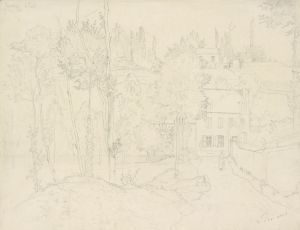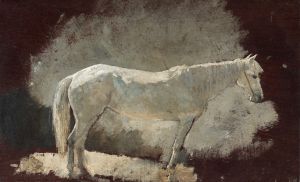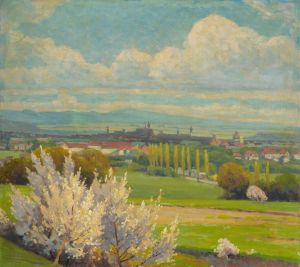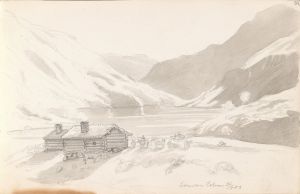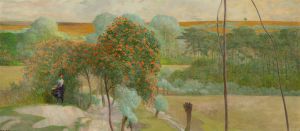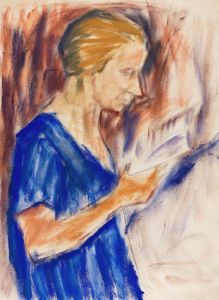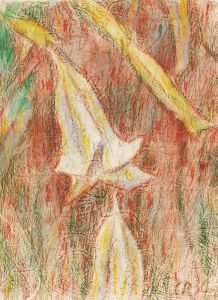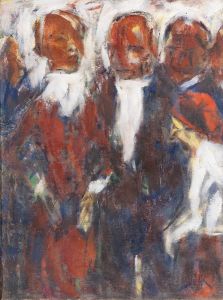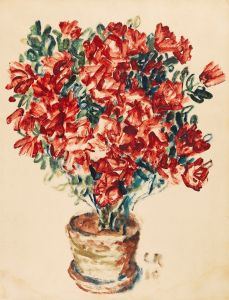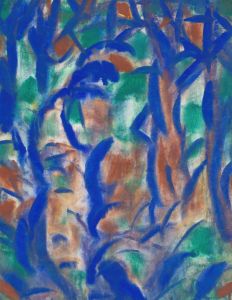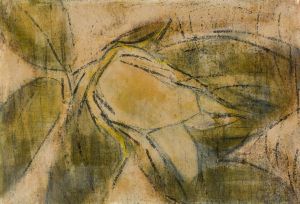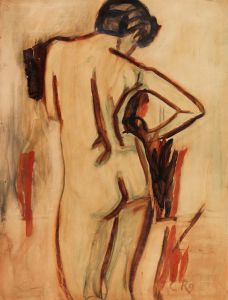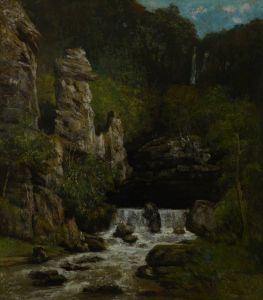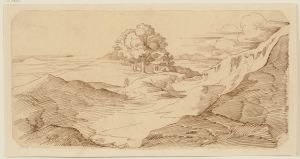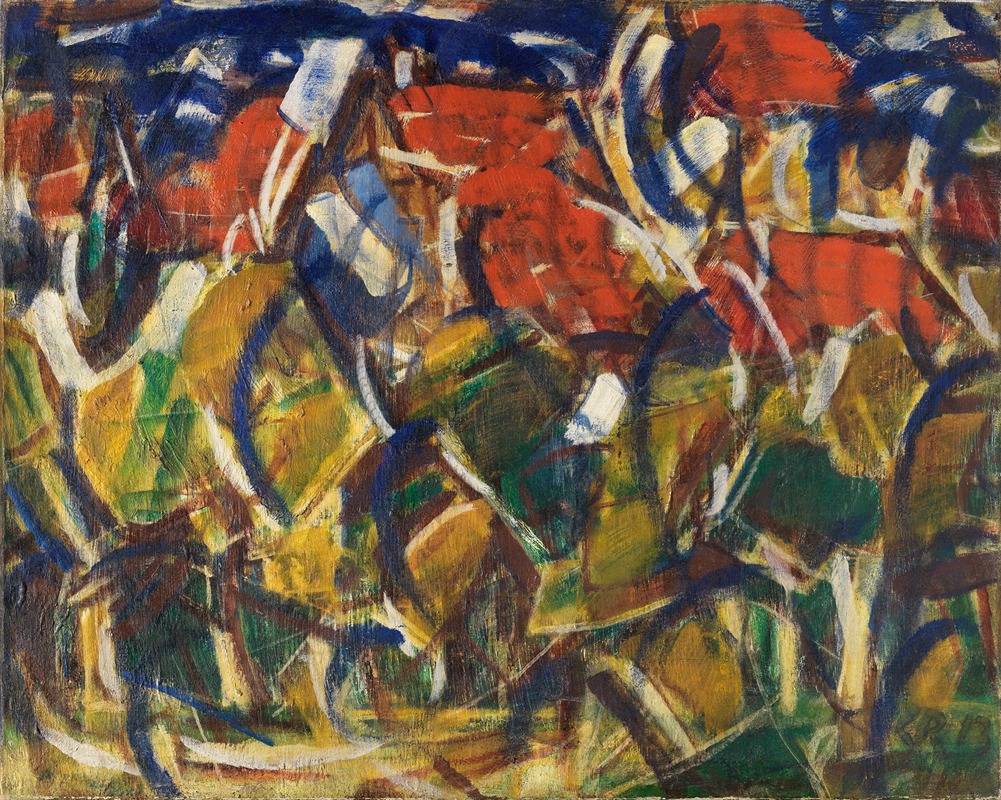
Rote Dächer unter Bäumen
A hand-painted replica of Christian Rohlfs’s masterpiece Rote Dächer unter Bäumen, meticulously crafted by professional artists to capture the true essence of the original. Each piece is created with museum-quality canvas and rare mineral pigments, carefully painted by experienced artists with delicate brushstrokes and rich, layered colors to perfectly recreate the texture of the original artwork. Unlike machine-printed reproductions, this hand-painted version brings the painting to life, infused with the artist’s emotions and skill in every stroke. Whether for personal collection or home decoration, it instantly elevates the artistic atmosphere of any space.
Christian Rohlfs (1849–1938) was a German painter associated with Expressionism. His work "Rote Dächer unter Bäumen" (translated as "Red Roofs under Trees") is an example of his mature style, which often featured bold colors and dynamic compositions. Rohlfs is known for his transition from academic painting to a more modern, expressive approach, influenced by movements such as Impressionism and later Expressionism.
"Rote Dächer unter Bäumen" is a landscape painting that showcases Rohlfs' characteristic use of vibrant colors and textured brushwork. The painting depicts a rural scene with red-roofed buildings nestled among trees, a subject that reflects Rohlfs' interest in nature and the interplay of light and color. The composition emphasizes the contrast between the warm tones of the roofs and the cooler, earthy hues of the surrounding foliage, creating a sense of harmony and balance.
Rohlfs began his artistic career studying at the Weimar Art School, where he initially painted in a more traditional, academic style. However, after encountering the works of Impressionist and Post-Impressionist artists, as well as the influence of the avant-garde movements of the early 20th century, his style evolved significantly. By the time he created "Rote Dächer unter Bäumen," Rohlfs had fully embraced a modernist approach, characterized by expressive forms and a focus on emotional impact.
Throughout his career, Rohlfs worked in various mediums, including oil painting, watercolor, and printmaking. His works often explored themes of nature, rural life, and the human connection to the environment. Despite facing challenges, including health issues and political pressures during the Nazi regime, Rohlfs remained dedicated to his art. In 1937, his works were labeled as "degenerate art" by the Nazis, and many were removed from German museums. However, his contributions to modern art have since been recognized and celebrated.
Today, "Rote Dächer unter Bäumen" is considered an important example of Rohlfs' artistic legacy. The painting is housed in the collection of the Osthaus Museum in Hagen, Germany, which holds a significant number of his works. The museum continues to honor Rohlfs' contributions to modern art and his role in shaping the Expressionist movement.





